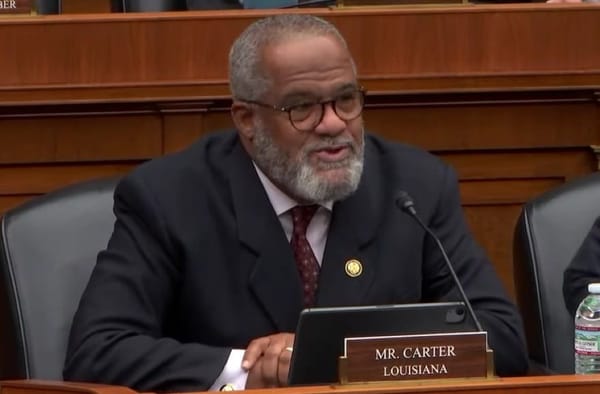Fiber-Fed Libraries Can Serve as Agent of Digital Recovery
WASHINGTON, May 21, 2009 – Extending fiber-optic internet service to public libraries would help increase the demand for super-high-speed internet at home, broadband experts said Thursday.
WASHINGTON, May 21, 2009 – Extending fiber-optic internet service to public libraries would help increase the demand for super-high-speed internet at home, broadband experts said Thursday.
Speaking at a forum at the Information Technology and Innovation Foundation, Don Means, the co-founder and principal of Digital Village Associates, outlined his proposal to extend high-speed connectivity to all 16,500 libraries in the country.
Titled “Fiber to the Library: Next Generation Broadband for Next Generation Libraries,” the event was an upbeat assessment of the benefits of ensuring fiber-class connectivity to libraries.
Bringing fiber to the libraries, besides being the quickest, cheapest way to provide next generation broadband to next generation libraries, is also a good idea because it gives people experience with fiber-speed internet, Means said.
Further, by building fiber links, communities can help increase demand for fiber by demonstrating its benefits, and help provide incentives to become an “anchor tenant” for other community institutions that would benefit from fiber links. Means, a consultant from Sausalito, Calif., first began offered fiber to the library in 2000.
Rob Atkinson, president of ITIF, said that the debate over implementing the broadband stimulus has been too narrowly focused on unserved and underserved areas. Serving libraries with high-speed connectivity can provide a benefit even to otherwise “served” areas of the country.
Atkinson also noted the disparity between the number of libraries with good-quality broadband connectivity and connectivity within schools.
Commenting on Means’ proposal was John Windhausen, president of Telepoly and a consultant to the American Library Association. Windhausen said that fiber would not only benefit the libraries, but also the surrounding anchor institutions in the community, such as schools, medical centers and town halls.
In response to a question about how libraries would keep up with covering the costs of increasingly fast internet speeds, Means and Windhausen said that the federal Universal Service Fund should cover the costs as long as the library was serving anchor institutions in the area.
Means said that the USF should fully fund libraries’ internet connectivity, but it should not fund them in perpetuity.
Windhausen also suggested that the Federal Communications Commission should subsidize monthly connection costs if Congress would use the stimulus funding to cover capital expenditures.
At the heart of the American Recovery Act is infrastructure, and at the heart of infrastructure is telecom infrastructure, making telecom a “meta-infrastructure,” Means said. But yet the broadband portion represents only one percent of funding within the ARRA – despite the centrality of broadband technology development to economic recovery.
Funding for broadband technology in libraries is crucial to the entire economy; many do job searches, file applications, and take distance learning classes on line, Means said.
Because many individuals do not have internet access in their homes, and would be unable to conduct these activities without internet access in the libraries. It is more difficult today to be a librarian, Means said, because librarians have also become job counselors.
Additionally, as the future of reading moves to electronic devices, libraries becoming more a place in which people can go to share and learn digital literacy, said Means.









Member discussion